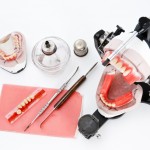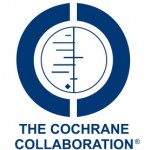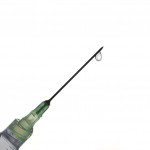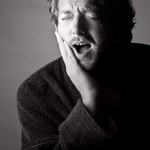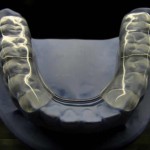
This review assessing the effect of disocclusion guidance on occlusal splints for sleep bruxism (SB) and temporomandibular disorders (TMD) included 15 studies. The included studies provided very low certainty evidence for most of the evaluated outcomes.
[read the full story...]
